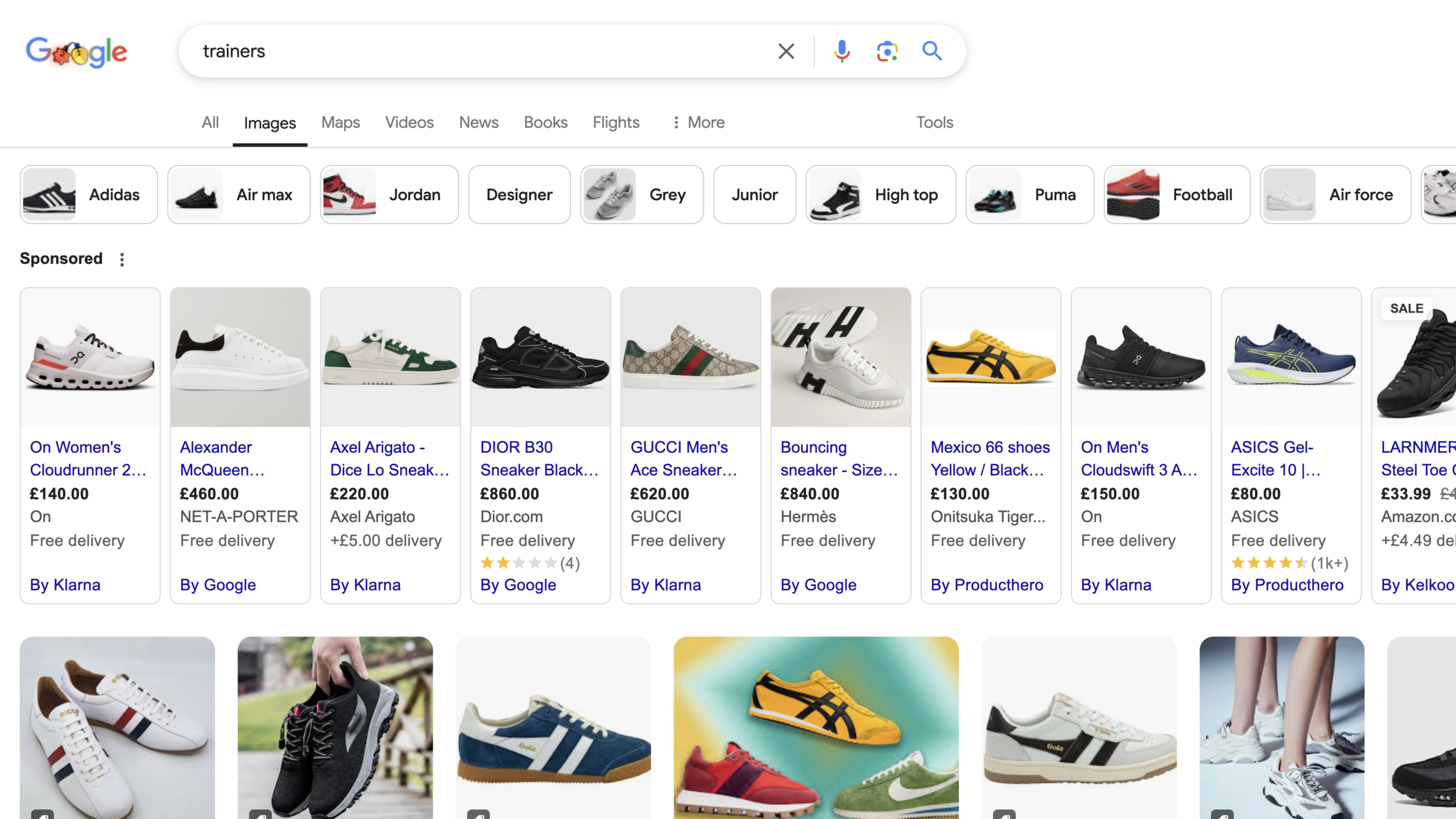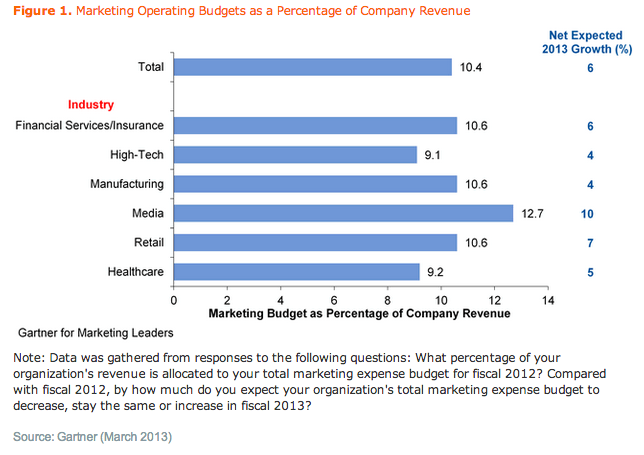As digital privacy concerns grow, the landscape of online marketing is undergoing a significant transformation. The phase-out of third-party cookies signals a new era where marketers must adapt to maintain effectiveness. Here’s how to prepare for a cookie-less future and ensure your strategies remain robust.
Understanding the Shift
Third-party cookies have long been a staple in digital marketing, enabling advertisers to track user behaviour across websites and deliver targeted ads. However, increased demand for privacy has prompted major browsers like Google Chrome, Firefox, and Safari to phase out these cookies. This shift calls for innovative approaches to tracking and targeting.
The Impact on Marketers
The elimination of third-party cookies will challenge traditional methods of audience targeting, attribution, and personalisation. Marketers will need to find alternative ways to gather insights and reach their audiences without compromising privacy.
Strategies for Success in a Cookie-less World
1. Leverage First-Party Data
- Building Direct Relationships: Engage customers directly through your owned channels, such as websites, email newsletters, and social media.
- Data Collection: Encourage users to share their data in exchange for value, such as personalised offers, exclusive content, or enhanced services.
2. Enhance Website Tracking Technologies
- Server-Side Tracking: Implement server-side solutions to capture user data accurately and maintain control over the information collected.
- First-Party Cookies: Utilise these cookies, which are not affected by browser changes, to gather insights on user interactions within your domain.
3. Contextual Advertising
- Relevance through Content: Focus on delivering ads based on the context of the content being consumed, rather than individual user behaviour.
- Creating Valuable Partnerships: Collaborate with publishers and platforms that align with your brand to deliver contextually relevant ads.
4. Invest in People-Based Marketing
- Unified Customer Profiles: Build comprehensive profiles using consented data from various touchpoints, enhancing personalisation without relying on third-party cookies.
- Cross-Channel Integration: Synchronise data across multiple platforms to provide a seamless customer experience and gain a holistic view of your audience.
5. Utilise Privacy-Friendly Technologies
- Adoption of Privacy-Focused Tools: Consider using new technologies, such as Google’s Privacy Sandbox, which aim to balance user privacy with ad targeting capabilities.
- Exploring Aggregated Data: Use aggregated and anonymised data to inform marketing decisions without compromising individual privacy.
6. Emphasise Transparency and Trust
- Clear Communication: Be transparent about data collection and usage practices. Clearly communicate the benefits of sharing data to build trust with consumers.
- Privacy-Centric Brand Positioning: Establish your brand as one that prioritises user privacy, enhancing reputation and fostering loyalty.
Preparing Your Team
- Training and Education: Equip your marketing team with knowledge about new privacy regulations and emerging technologies to ensure compliance and innovation.
- Collaboration: Foster partnerships with data experts to develop and implement strategic solutions in a cookie-less environment.
Conclusion
The cookie-less future presents both challenges and opportunities for marketers. By embracing first-party data, exploring contextual advertising, and prioritising privacy, businesses can navigate this transition successfully. Preparing now will ensure that your marketing strategies remain effective, allowing you to meet consumer expectations and regulatory requirements while driving growth in the digital age.




